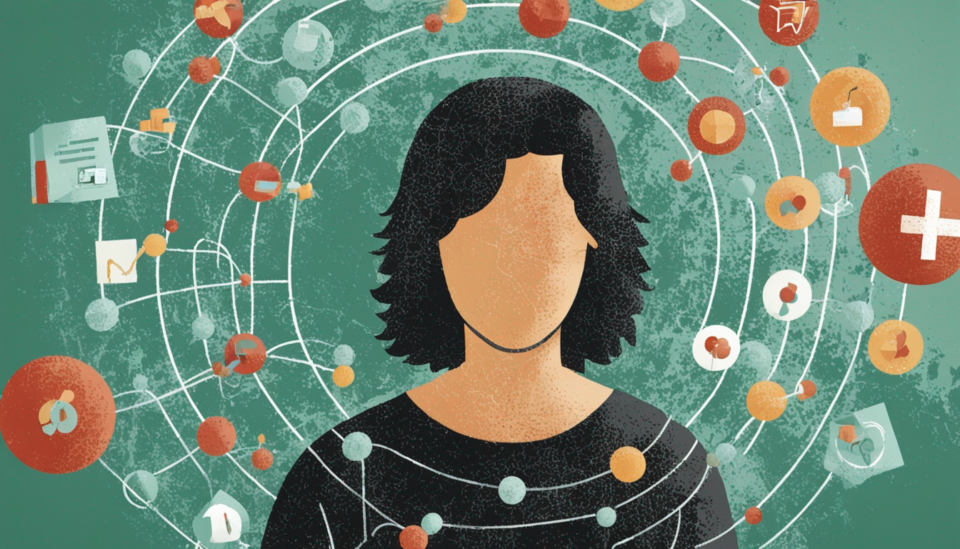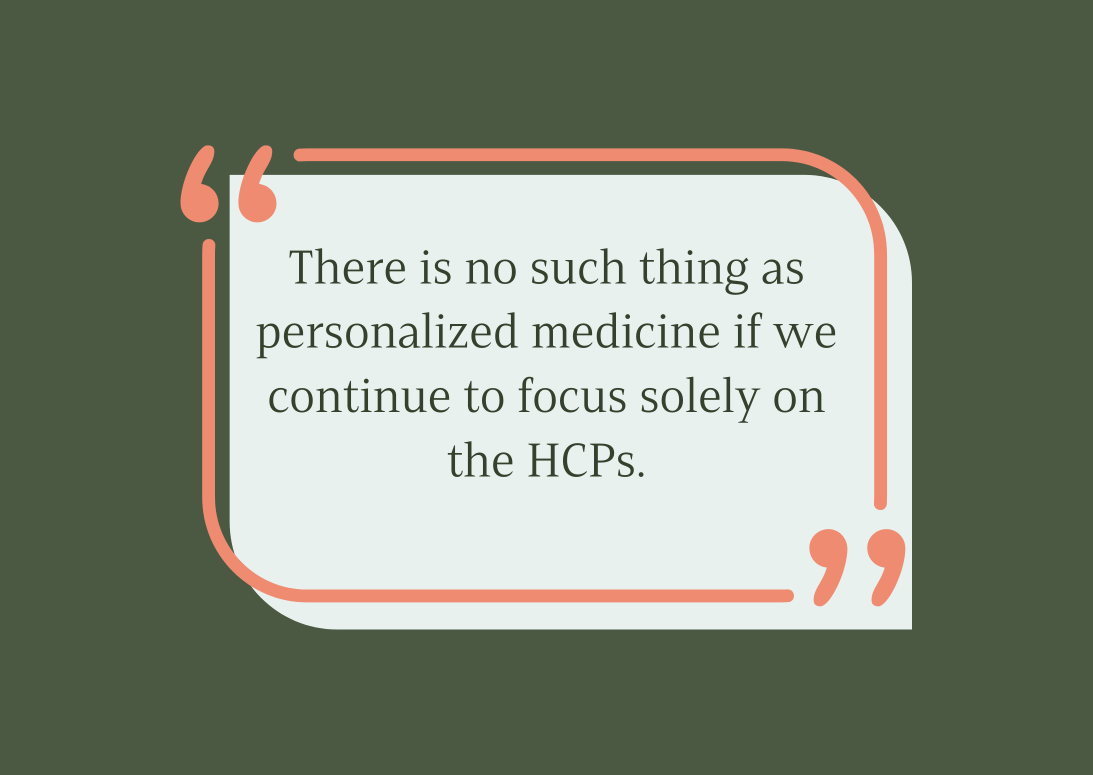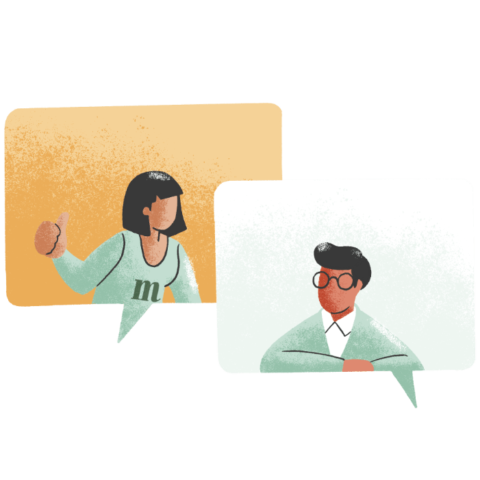

For many patients, discovering information about new treatments starts in the same place where they find recipes or reconnect with old friends: social media. As I reflect on discussions with hemophilia patients and Patrick James Lynch, an advocate and thought leader in the hemophilia community, it’s clear that platforms like Facebook groups and online forums are critical hubs of information exchange. Patients turn to these spaces not because they distrust their healthcare providers, but because they want real, lived experiences.
Patrick’s insights are invaluable because he’s not only a patient but also someone who has spent years advocating for better education and engagement within the hemophilia community. His perspective, shared during our recent conversation, sheds light on how patients navigate this complex landscape.
"For those who are active online, who are active in the closed Facebook groups, that's where a lot of it takes place."
These groups serve as informal classrooms where patients teach and learn from each other, sharing updates from clinical trials, personal experiences, and even secondhand insights from healthcare professionals.
Yet, this peer-to-peer learning, while powerful, is far from perfect.
There’s no doubt that the patient voice is uniquely valuable. In these online spaces, patients and caregivers offer a kind of support that healthcare professionals and pharmaceutical companies often cannot replicate. They speak from experience, in plain language, and with genuine empathy.
But as Patrick rightly pointed out during our conversation, this can also lead to problems.
"People may be lived experience experts, but I'm not a scientific or medical expert. So if I start chiming in with, 'Well, the reason this is this based on my lived experience,' now we're starting to venture into problematic territory."
The exchange of information is only as good as the source, and without scientific validation, misunderstandings can take root.
This is where professionals—medical science liaisons (MSLs), healthcare providers, and advocacy groups—need to step in. But often, their role in these communities is limited or underutilized.
Patrick and I discussed the critical need for patients to understand their treatment options, particularly as medical advancements bring more complexity. For example, in hemophilia, the treatment landscape has shifted dramatically from a single gold-standard therapy to a range of options, including gene therapies and non-factor treatments.
Patients can’t meaningfully participate in shared decision-making if they don’t understand the basics.

Yet, much of the education provided today is still aimed at doctors, not patients.
When patients aren’t equipped with accurate, digestible information, they’re left to rely on social media or community events where peer-to-peer learning dominates. These venues are essential but incomplete. They can spark curiosity but rarely offer the structured, evidence-based education patients need.
The reality is, learning about a new treatment is not a one-and-done process. Patients need multiple opportunities to absorb information, process it, and ask questions. This requires a strategy that integrates different formats and touchpoints—short videos, infographics, webinars, and in-person events.
One-off webinars or explainer videos are a start, but they’re just that: a start. What happens after the video ends? Where does the patient go for follow-up questions or deeper understanding?
"People need numerous touch points to go from, 'I don't know anything about this' to 'I know enough about this to go talk to my doctor.'"
Wraparound campaigns deliver information over time, progressively informing patients and filling information gaps. Imagine a series of short, engaging videos that explain the basics of a treatment, followed by an interactive webinar with an expert, and capped off with a live Q&A session. The goal is to meet patients where they are, both emotionally and logistically, while giving them the tools to take the next step.
We are in a unique position to fill these gaps. Patients aren’t just looking for information; they’re looking for trust. And trust isn’t built by simply publishing data; it’s built by listening, engaging, and responding.
One way forward is to better connect the activities of MSLs and community relations managers. MSLs, who traditionally work with healthcare professionals (HCPs) and key opinion leaders (KOLs) to provide scientific context and insights, have a wealth of knowledge that could be extended to patients and patient opinion leaders (POLs). First introduced in 1967 by Upjohn Pharmaceuticals, MSLs were created to foster more meaningful, science-based interactions with HCPs compared to traditional sales representatives. This innovation transformed the relationship between the pharmaceutical industry and medical professionals. Now, it is time to consider another pivotal shift—extending these partnerships and their scientific expertise to include patients and POLs. Such an approach can bridge the gap between complex medical science and the real-world needs of patient communities, ensuring that education is both accurate and accessible. By broadening their partnerships, MSLs can help bridge the gap between complex medical science and the real-world needs of patient communities, ensuring that education is both accurate and accessible. Community relations managers often engage directly with patients, providing insights into their concerns and preferences, while MSLs possess the scientific expertise needed to contextualize new treatments. By collaborating closely, these groups can identify the most critical topics, such as treatment mechanisms, side effects, or access pathways, and ensure patients receive well-rounded, comprehensible guidance that empowers them to make informed decisions. Aligning their efforts and creating clear feedback loops can transform how patients access and process information.
There’s also a role for patient advocacy organizations to step up. While they may struggle with competing priorities, they’re uniquely trusted by patients. By partnering with all of us working in health, they can elevate the quality and reach of patient education.
When I reflect on what’s needed, it’s clear that this is not just about better videos or more webinars. It’s about creating an ecosystem where patients feel supported, informed, and empowered to make decisions about their health. It’s about acknowledging the value of peer-to-peer learning while addressing its limitations. And it’s about realizing that education isn’t just a nice-to-have; it’s a critical component of better health outcomes.
As someone deeply immersed in these conversations, I’m convinced that we can do better. If we’re ready to take action or just want to explore these ideas further, start by watching the full podcast with Patrick.
About Patrick James Lynch
Patrick James Lynch is a prominent advocate and leader in the hemophilia community. As someone living with hemophilia, Patrick has dedicated his career to improving education, awareness, and support for patients. He is an award-winning filmmaker, podcast host, and co-founder of BloodStream Media, a platform focused on storytelling and education for bleeding disorders. Through his work, Patrick combines lived experience with a deep understanding of the challenges faced by patient communities, making his insights particularly valuable in shaping better engagement strategies.
About Merakoi
At Merakoi, we're passionate about harnessing the power of mini-communities to bridge the information gap and empower patients to take control of their health journeys. By fostering ongoing collaboration between patients, healthcare providers, and pharma companies, we're creating a future where every patient has access to the knowledge and support they need to thrive.
Together, we can build a world where no patient is left in the dark, searching for answers. If this sounds like the kind of healthcare innovation you want to participate in, let's chat!

✕